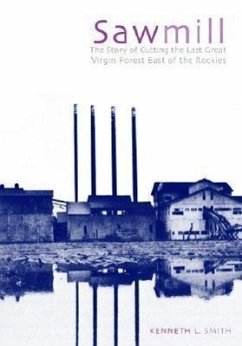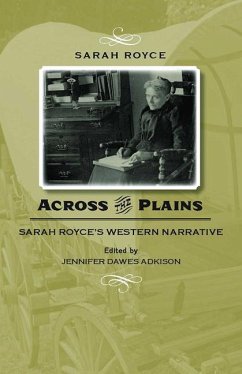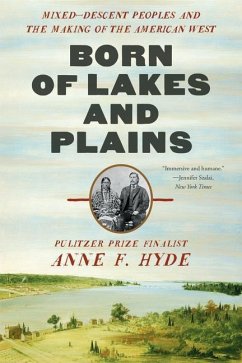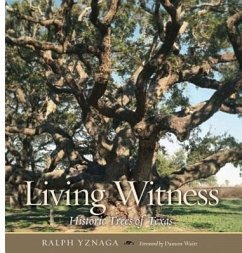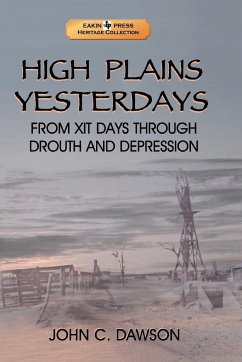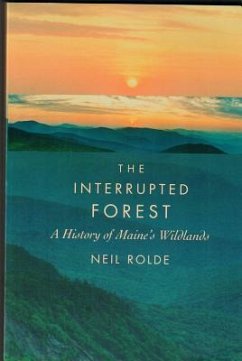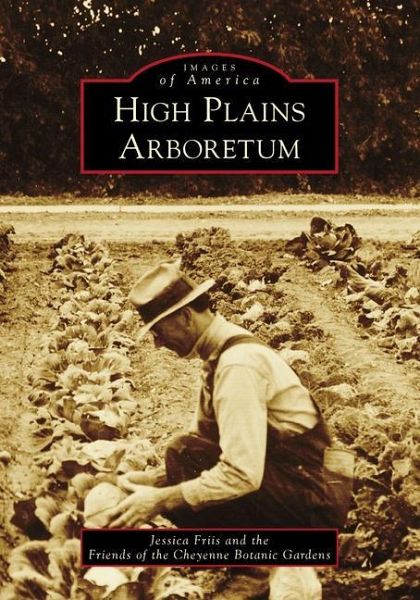
High Plains Arboretum
Versandkostenfrei!
Versandfertig in über 4 Wochen
18,99 €
inkl. MwSt.

PAYBACK Punkte
9 °P sammeln!
Decades after the Homestead Act, many settlers had tried and failed to establish roots in the high plains of Wyoming. Altitude, wind, dry conditions, and lack of winter snow cover desiccated plants, making it especially hard for trees to survive. In 1929, the US Department of Agriculture (USDA) constructed a field station to research plants that could tolerate Cheyenne's harsh climate. From 1930 to 1974, many varieties of small fruits, vegetables, shrubs, and trees were tested. Plants from similar climates around the world, some as far away as China and Siberia, were also tested at the station...
Decades after the Homestead Act, many settlers had tried and failed to establish roots in the high plains of Wyoming. Altitude, wind, dry conditions, and lack of winter snow cover desiccated plants, making it especially hard for trees to survive. In 1929, the US Department of Agriculture (USDA) constructed a field station to research plants that could tolerate Cheyenne's harsh climate. From 1930 to 1974, many varieties of small fruits, vegetables, shrubs, and trees were tested. Plants from similar climates around the world, some as far away as China and Siberia, were also tested at the station. When the focus shifted in 1974 to grasslands research, much of the horticultural plant stock was removed or lost. Thanks to the efforts of concerned citizens, a 62-acre block of historic trees was renamed the High Plains Arboretum and opened to the public in 2008. The arboretum is now owned by the City of Cheyenne, with preservation efforts contributed by the Urban Forestry Division and the Cheyenne Botanic Gardens.






